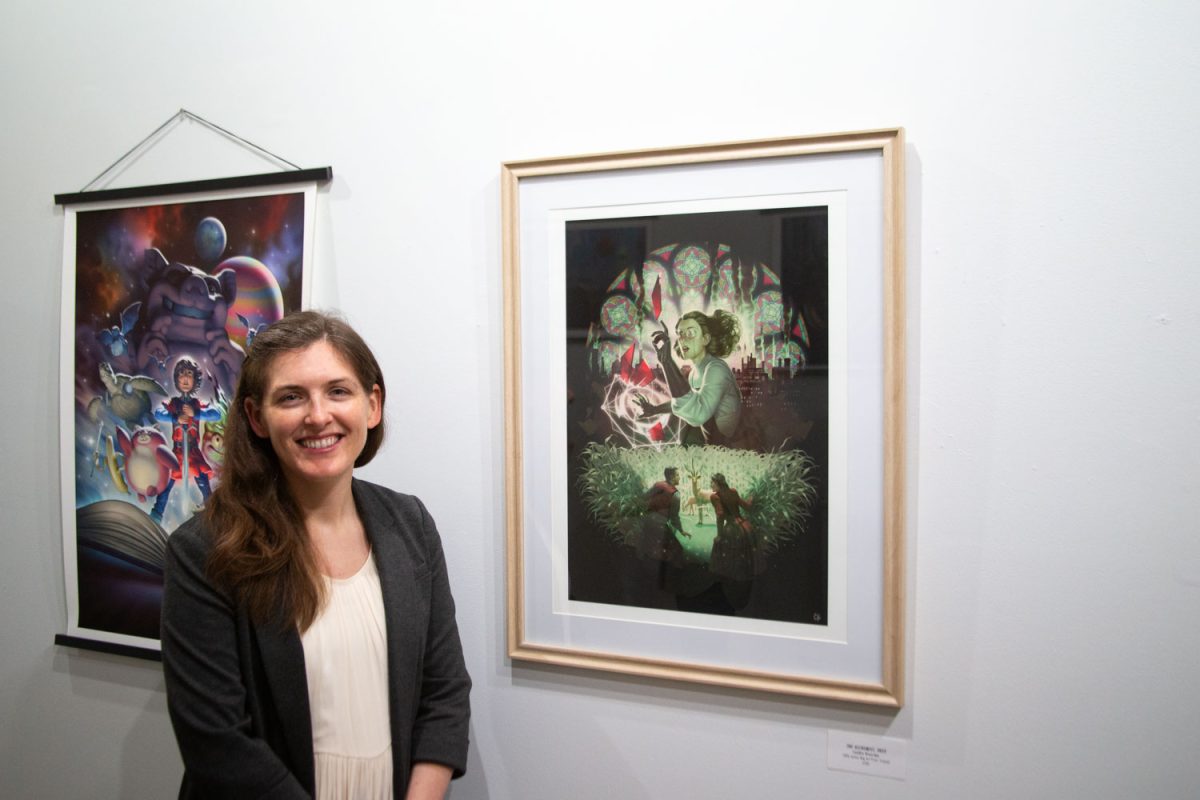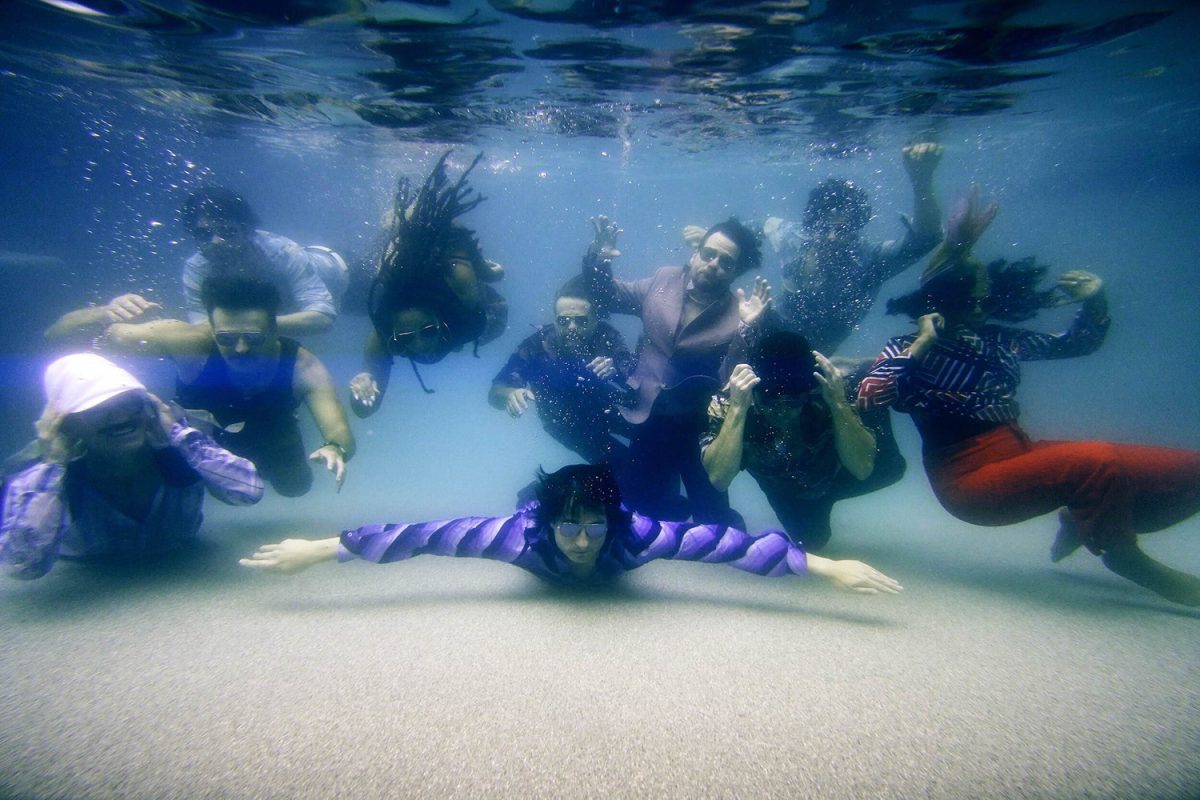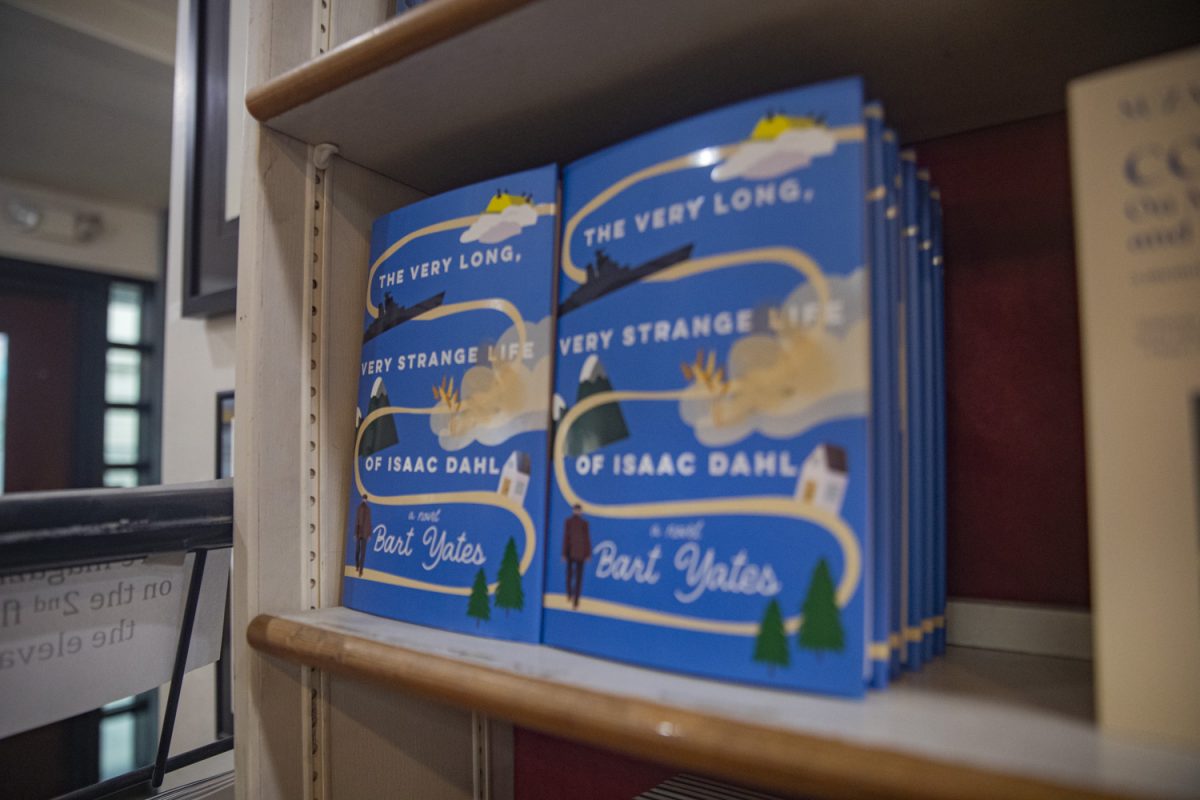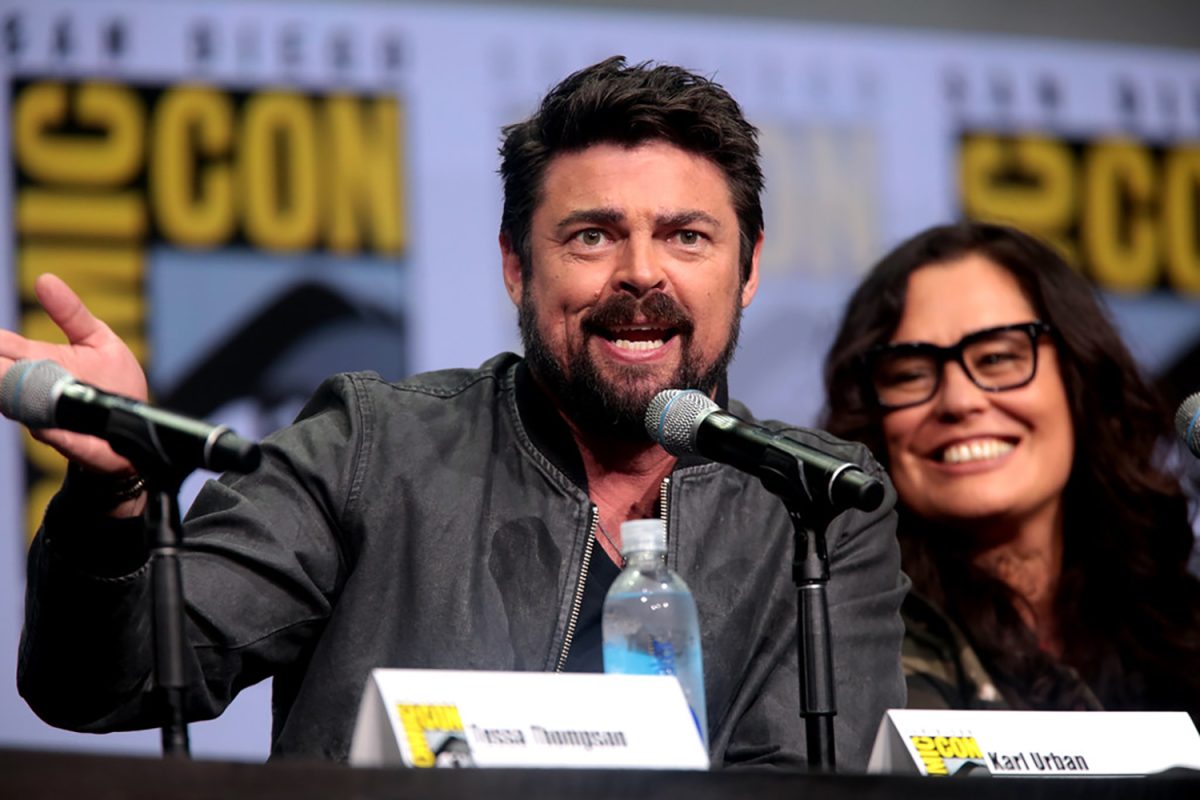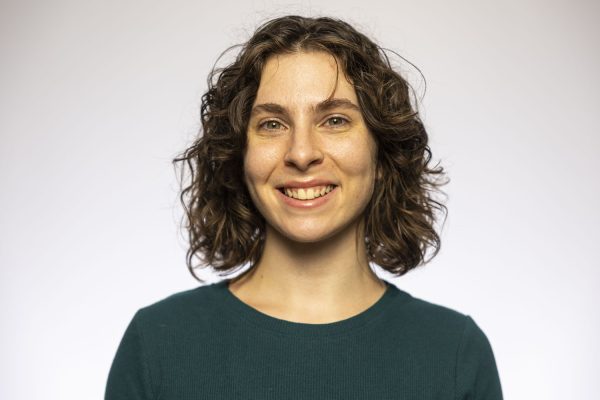Water reflects autumn trees above in shades of red and pink but, upon closer inspection, reveals a dark, cloaked figure standing above. The girl stands confident as white cranes encircle her, suggesting a mystic battle is about to begin.
Since Aug. 22, the ArtiFactory’s gallery has showcased Candice Broersma’s works of young adult fantasy and science fiction and will continue to do so until Oct. 22. The aforementioned piece served as the cover of the author Amanda Marisol’s novel, “The Preserve for Enchanted Creatures: Book One.”
“We haven’t had anything quite like this,” said Philip Beck, a co-president on the board of the ArtiFactory, a multipurpose venue that provides art classes and displays the works of local, serious artists.
Broersma has always loved drawing fictional creatures; as a child, she enjoyed sketching Pokémon characters and, since studying realism as a teenager, she has filled the margins of her notebooks with doodles of wondrous creatures.
“Over time, I’ve bridged the gap between the more stylized doodles and imaginative things with my foundation in realism and made it so that I could finally come to a point where I can make these imaginative things look more real in my rendering style,” she said. “The inventiveness and creativity and the imagination, all of it is spellbinding.”
With a Master of Arts degree from the Savannah College of Art and Design, she found a job designing stained glass windows in Fairfield, Iowa, before moving to Iowa City. In preparation for her designs, she used Photoshop to draft and visualize her ideas before actualizing them with glass.
Her expansive imagination, traditional training, and technical ability earned her a place on Reedsy, an online publishing platform for independent books. There, she was able to transition to a full-time freelance position designing book covers.
The gallery was decorated with personal works, but mainly showcased Broersma’s digital cover art for young adult science-fiction and fantasy novels.
Broersma’s style sets itself apart from other digital art. While many Photoshop artists tend to have an airbrushed finish in their art, Broersma said she draws on her training to add depth to her art by using different types of digital brushes to avoid flat layers and keep her pieces visually interesting.
When Broersma is commissioned for cover work, she first reads the book and visualizes what the creature could look like. Then, she looks for reference material from Pinterest or from existing animals and makes 3D models of scenes in Blender, a software for 3D design rendering. This process allows her to bridge the gap between reality and fantasy.
“I like the designing aspect of making something that doesn’t exist and rendering it in a believable way,” she said.
Local artist Andrea Sheehan commented on Broersma’s work.
“It’s sort of magical in a different way,” Sheehan said.
In the age of artificial intelligence, image generation software is accessible to the public and able to create artwork from a data pool of references, but Broersma was critical of AI. She believes the soulful nature of human artists differentiate their creations from AI.
RELATED: Review | Dreamwell Theatre opens ‘Angel Street’ at the ArtiFactory
“Most of them are built on existing artists’ images without their consent,” she said. “You’re putting thought into all the elements that are interacting, and AI doesn’t know what a finger is. That’s why they make six fingers on one hand.”





